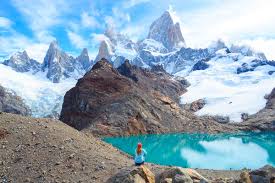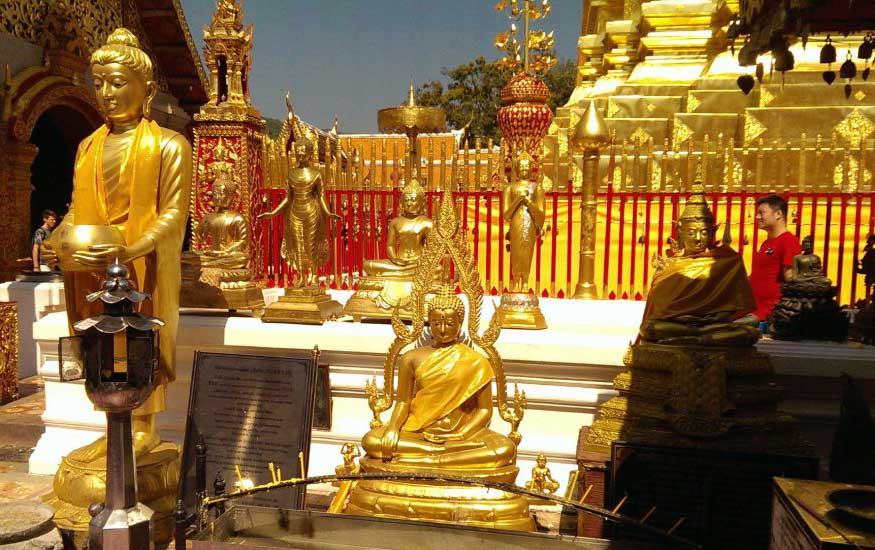Easter Island, or Rapa Nui, is one of the world’s most enigmatic destinations, famous for its massive stone statues called moai. These iconic figures, carved from volcanic rock, stand as silent sentinels across the island, their purpose and creation shrouded in mystery. Scholars believe the moai were built by the Rapa Nui people to honor their ancestors, yet how these enormous statues were transported and erected remains a fascinating puzzle. Beyond its archaeological wonders, the island captivates with its rugged landscapes, pristine beaches, and vibrant Polynesian culture, making it a truly extraordinary place that continues to intrigue and inspire.
Getting to Easter Island
Reaching Easter Island, one of the most remote inhabited places on Earth, is an adventure in itself. The island is primarily accessed by air, with flights departing from Santiago, Chile, or occasionally from Tahiti. LATAM Airlines operates regular flights, taking approximately five to six hours to reach Rapa Nui’s Mataveri International Airport, one of the world’s most isolated airports. Due to limited flights and high demand, it’s advisable to book tickets well in advance. Once on the island, visitors are greeted with breathtaking landscapes, fascinating history, and the warm hospitality of the Rapa Nui people, making the journey truly worthwhile.
Cost of Living
The cost of living on Easter Island can be relatively high, largely due to its remote location and dependence on imports. Basic goods, including food and everyday essentials, tend to be more expensive than on the mainland of Chile, as many items need to be shipped in. Dining out can also be costly, with local restaurants offering a mix of traditional Rapa Nui cuisine and international dishes at premium prices. However, the cost of accommodations varies, with options ranging from budget hostels to more upscale resorts. While the island’s remoteness drives up costs, its unique cultural and natural attractions make it a memorable destination worth the price.
Food
The food on Easter Island reflects its Polynesian heritage, with a strong emphasis on fresh seafood, locally grown produce, and traditional Rapa Nui dishes. Fish, particularly tuna, is a staple, often served grilled or in ceviche, while other seafood such as shellfish and octopus are also popular. One of the island’s unique culinary traditions is “umú,” a method of cooking where food is slow-cooked in an underground oven. The island also grows a variety of fruits and vegetables, including sweet potatoes, bananas, and taro, which are incorporated into many dishes. While traditional Rapa Nui food can be found, many restaurants also offer a fusion of Chilean and international cuisine to cater to the diverse range of visitors.
Places to Visit
Easter Island is home to several awe-inspiring landmarks that showcase its rich history and natural beauty. The most iconic site is Ahu Tongariki, a platform with 15 massive moai statues, offering a glimpse into the island’s mysterious past. Another must-visit is Rano Raraku, the volcanic quarry where the moai were carved, with many statues still in various stages of completion. Visitors can also explore the stunning beaches, such as Anakena, known for its white sand and crystal-clear waters. For a deeper understanding of Rapa Nui culture, the island’s archaeological sites, such as Orongo and the ceremonial village of Ahu Akivi, offer insights into the island’s spiritual traditions and ancient practices.




